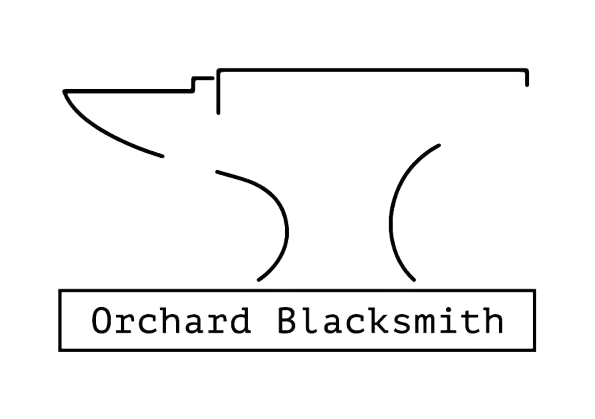The Blacksmith’s Toolkit: Essential Tools and Their Uses
Essential Blacksmithing Tools and How to Use Them
Introduction
Blacksmithing is an age-old craft that requires skill, patience, and the right set of tools. Whether you’re a beginner setting up your first forge or an experienced smith looking to refine your techniques, having the right tools can make all the difference. In this guide, we’ll explore the essential blacksmithing tools, their uses, and tips for getting the most out of them.
The Must-Have Tools for Every Blacksmith
1. Forge
The heart of any blacksmithing setup, a forge heats metal to high temperatures, making it malleable for shaping.
Common types include coal forges, propane forges, and induction forges.
Choose a forge based on your workspace, budget, and the types of metal you plan to work with.
2. Anvil
A solid work surface where metal is hammered into shape.
Look for an anvil with a hardy hole and a pritchel hole for versatile tooling.
Cast steel anvils are preferred for their durability and resistance to wear.
3. Hammer
Different hammers are used for various forging tasks, including:
Cross-peen hammer: Ideal for drawing out metal.
Ball-peen hammer: Useful for shaping and riveting.
Rounding hammer: Provides smooth, controlled strikes.
4. Tongs
Used to safely hold and maneuver hot metal.
Various types include flat jaw tongs, bolt tongs, and scrolling tongs, each suited for different shapes and sizes of metal.
5. Chisels and Punches
Chisels allow blacksmiths to cut metal precisely, while punches are used to create holes without drilling.
These tools help add intricate details and functional elements to forged items.
6. Quenching Bucket
Filled with water, oil, or brine, a quenching bucket is used to rapidly cool metal and set its hardness.
Understanding different quenching mediums is crucial for controlling metal strength and durability.
7. Vise and Clamps
Hold metal securely in place for filing, cutting, or bending.
A post vise is especially useful for blacksmithing as it absorbs hammer blows without shifting.
Additional Tools for Advanced Work
Once the basic tools are mastered, blacksmiths often add more specialized equipment to their arsenal:
Power Hammer: Reduces the strain of heavy hammering and speeds up production.
Belt Grinder: Essential for refining edges on blades and tools.
Swage Block: A versatile tool for shaping metal into complex forms.
Forge Press: Used for precise, high-force shaping.
Tips for Maintaining Your Blacksmithing Tools
Keep tools clean and dry to prevent rust and degradation.
Regularly sharpen chisels and punches for precise cuts and indentations.
Check hammer handles for wear and replace them if they become loose or cracked.
Oil moving parts such as vises and tongs to ensure smooth operation.
Conclusion
Having the right blacksmithing tools is key to mastering the craft. By investing in quality equipment and learning how to use and maintain them properly, blacksmiths can create everything from practical tools to stunning works of art. Whether you’re just getting started or looking to expand your skills, a well-equipped forge will set you on the path to success in blacksmithing.
